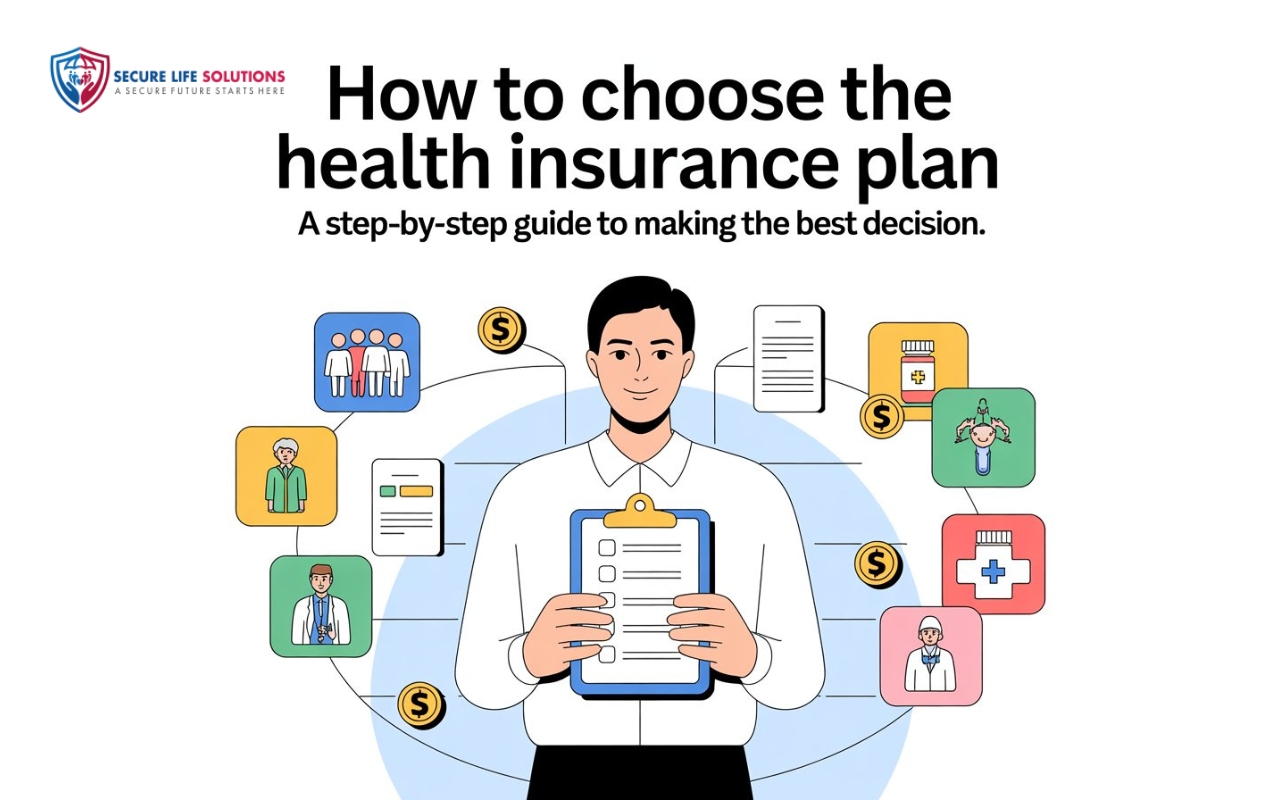Why plan early for your child's education?
Thinking about your child’s future can feel overwhelming fees go up, new options appear, and life throws surprises at every turn. That’s exactly why an education plan matters: it turns worry into small, steady actions. A carefully chosen children education plan helps you build a predictable path to cover tuition, boarding, coaching, and even overseas study dreams.
Start early and you’ll benefit from time: compounding returns, more choices, and reduced stress. A plan is not only financial; it’s emotional having a strategy lets you sleep better and focus on the things that matter: guiding your child, not just funding them.
What is a child education plan?
A child education plan is a financial product or strategy designed to accumulate funds specifically for your child’s educational needs. It may come as a savings plan, a hybrid insurance-investment plan, or a pure investment route like systematic investments, fixed deposits, or government bonds earmarked for education.
While insurance-backed education plans often include life cover, pure investment routes provide flexibility and potentially higher returns (with higher risk). The right choice depends on your goals, risk tolerance, and time horizon.
How to choose the best education plan for child
Here are simple steps you can follow right now:
- Define the goal: How much will you likely need? Think school fees, college, coaching and a buffer for inflation.
- Know your timeline: How many years until you need the funds? Longer timelines can handle more growth-seeking options.
- Compare instruments: Insurance-based education plans, mutual funds (SIPs), fixed income like PPF/FDs, or a hybrid approach.
- Check flexibility: Can you increase/decrease contributions? Are withdrawals allowed? What are penalties?
- Watch costs: Fees, commissions, and exit charges all reduce your effective return.
- Tax impact: Some plans provide tax benefits for contributions or tax-efficient growth — factor this into comparisons.
Child education plan comparison (quick table)
| Plan type | Risk / Return | Liquidity | Cost / Fees | Best for |
|---|---|---|---|---|
| Insurance-backed education plans | Low to Medium (guaranteed options available) | Low (surrender penalties early) | Moderate to High (commissions baked in) | Parents who want life cover + disciplined saving |
| Mutual fund SIPs (equity / hybrid) | Medium to High (long term higher returns) | High (can redeem anytime) | Low to Moderate (expense ratio + exit loads sometimes) | Long-term goals (10+ years) |
| PPF / Government schemes | Low (stable, government-backed) | Low to Medium (partial withdrawals allowed after specified years) | Low | Risk-averse parents seeking capital preservation |
| Fixed Deposits / Recurring Deposits | Low (predictable interest) | Medium (premature withdrawal penalties) | Low | Short-term needs, safety-focused plans |
| Direct equities / ETFs | High (highest upside, highest volatility) | High | Low (brokerage) | Experienced investors comfortable with market swings |
How to read this child education plan comparison
Use this table to match your personal comfort with risk, urgency of need, and desire for extra benefits like life cover or tax advantages. Combining two or more plan types often gives a balanced outcome for example, a long-term SIP for growth + a PPF for guaranteed base coverage.
Practical tips to grow your child education fund
- Automate contributions: Treat it like a bill set SIPs or standing instructions so you stay consistent.
- Review yearly: Rebalance when goals shift (promotion, relocation, or changing college plans).
- Use windfalls wisely: Bonuses, gifts or tax refunds can be used to top up the plan and shorten the funding gap.
- Teach financial literacy: When age-appropriate, include your child it deepens responsibility and aligns expectations.
- Keep an emergency buffer: Avoid dipping into the education fund for unrelated emergencies keep a separate emergency fund.
FAQs
Is an insurance-based children education plan better than SIPs?There is no absolute “better.” Insurance-based plans meld life cover and savings but often carry higher fees and lower flexibility. SIPs (mutual funds) usually offer higher long-term growth and liquidity. Many parents use a mix: guaranteed cover with insurance plans + SIPs for growth.
When should I start a child education plan?The earlier, the better. Starting when your child is young gives compounding time to work in your favor. Even small monthly contributions add up substantially over a decade.
How much should I save each month?That depends on your target amount, time horizon, and expected returns. Use a goal calculator (projecting inflation) or consult a certified financial planner to customize a plan.
Should I name the plan in my child’s name?Ownership depends on the product: PPF accounts for minors must be operated by the guardian, while investment accounts can be in your name with the child as beneficiary. Consult specific product rules when opening accounts.
Final thoughts
Choosing the best education plan for child is less about finding a single perfect product and more about designing a realistic, flexible journey. Combine security and growth: secure a base with low-risk instruments and aim for growth with disciplined SIPs. Revisit your strategy annually, keep costs low, and prioritize consistent contributions over occasional large jumps.
Take a small action today: set up one standing instruction or start a nominal SIP. Momentum matters and the best plan is the one you actually start and stick with.
Start your child's education plan today









.jpg)





.jpg)
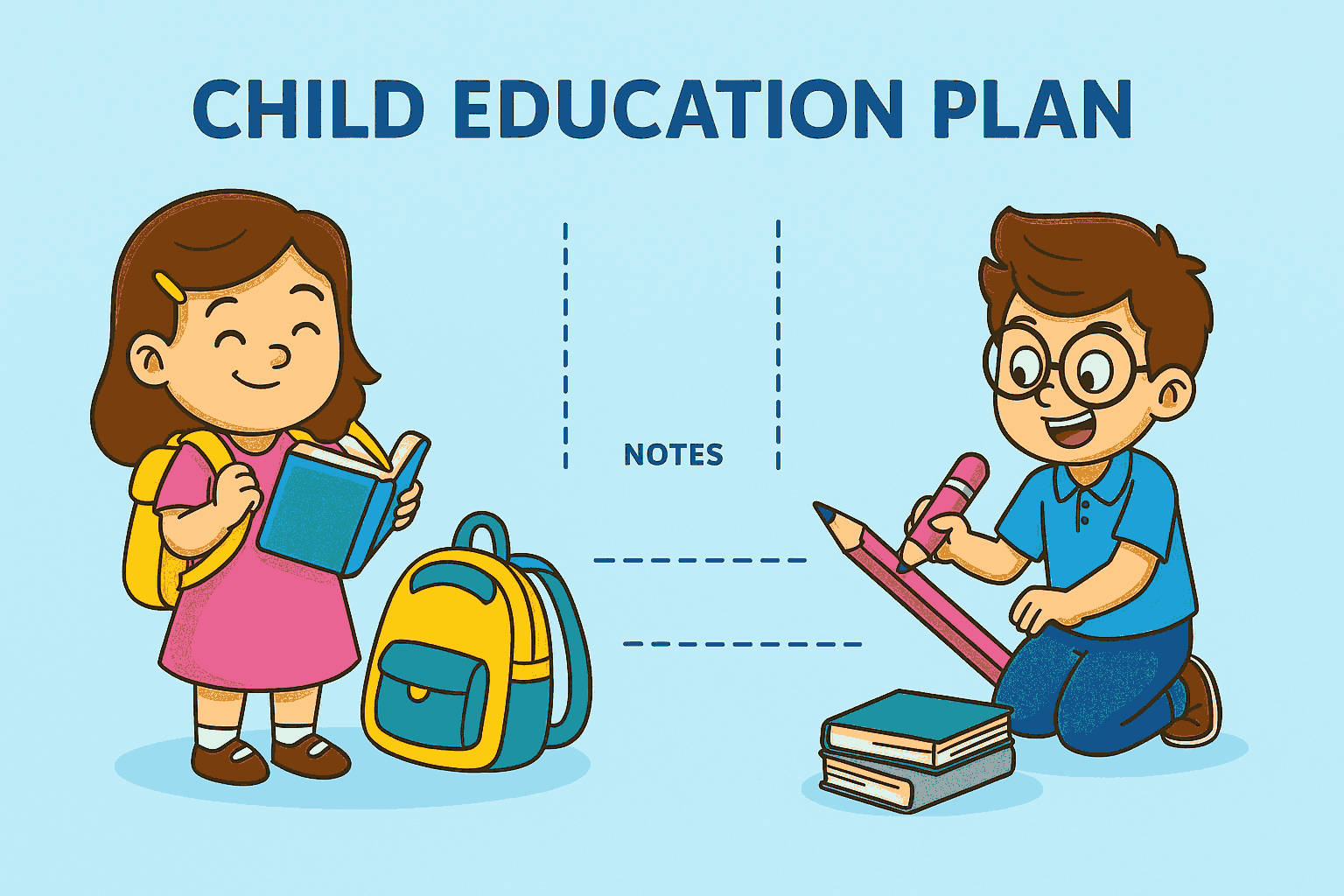
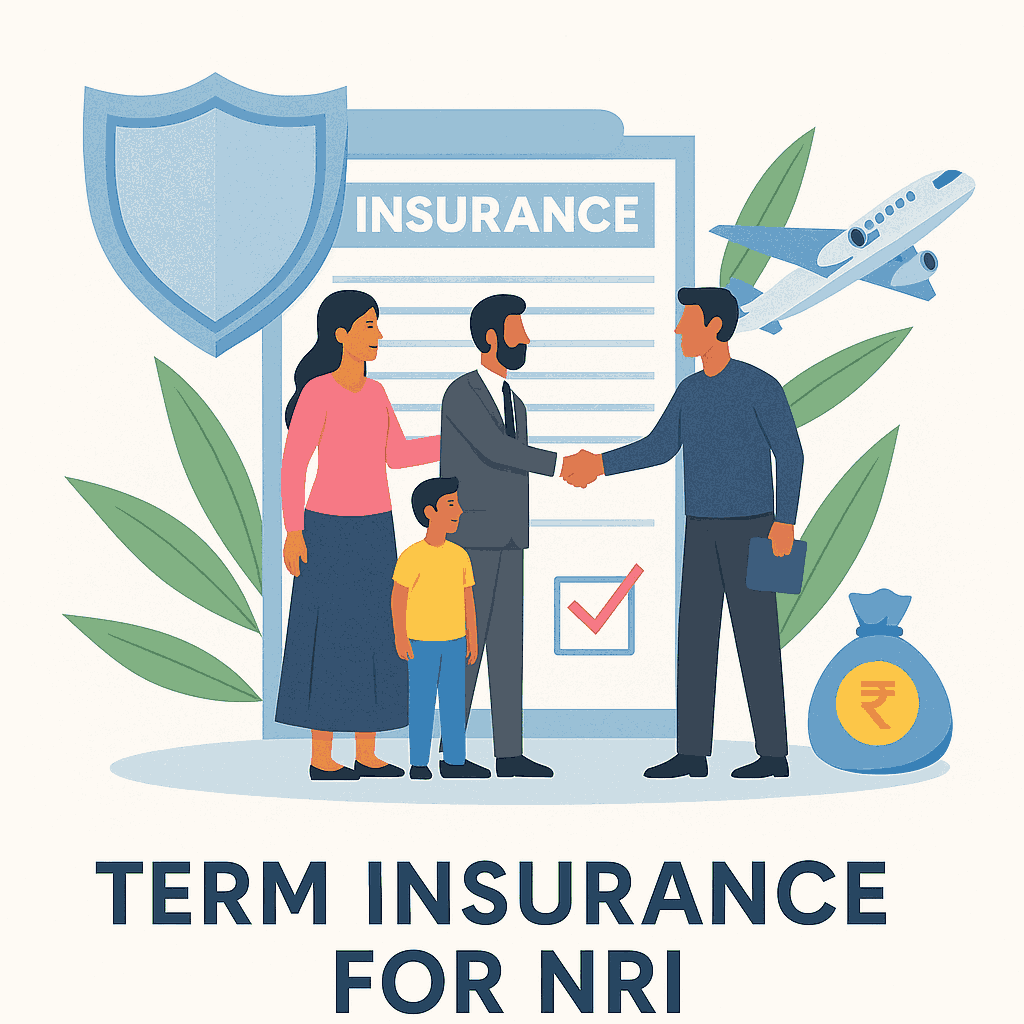


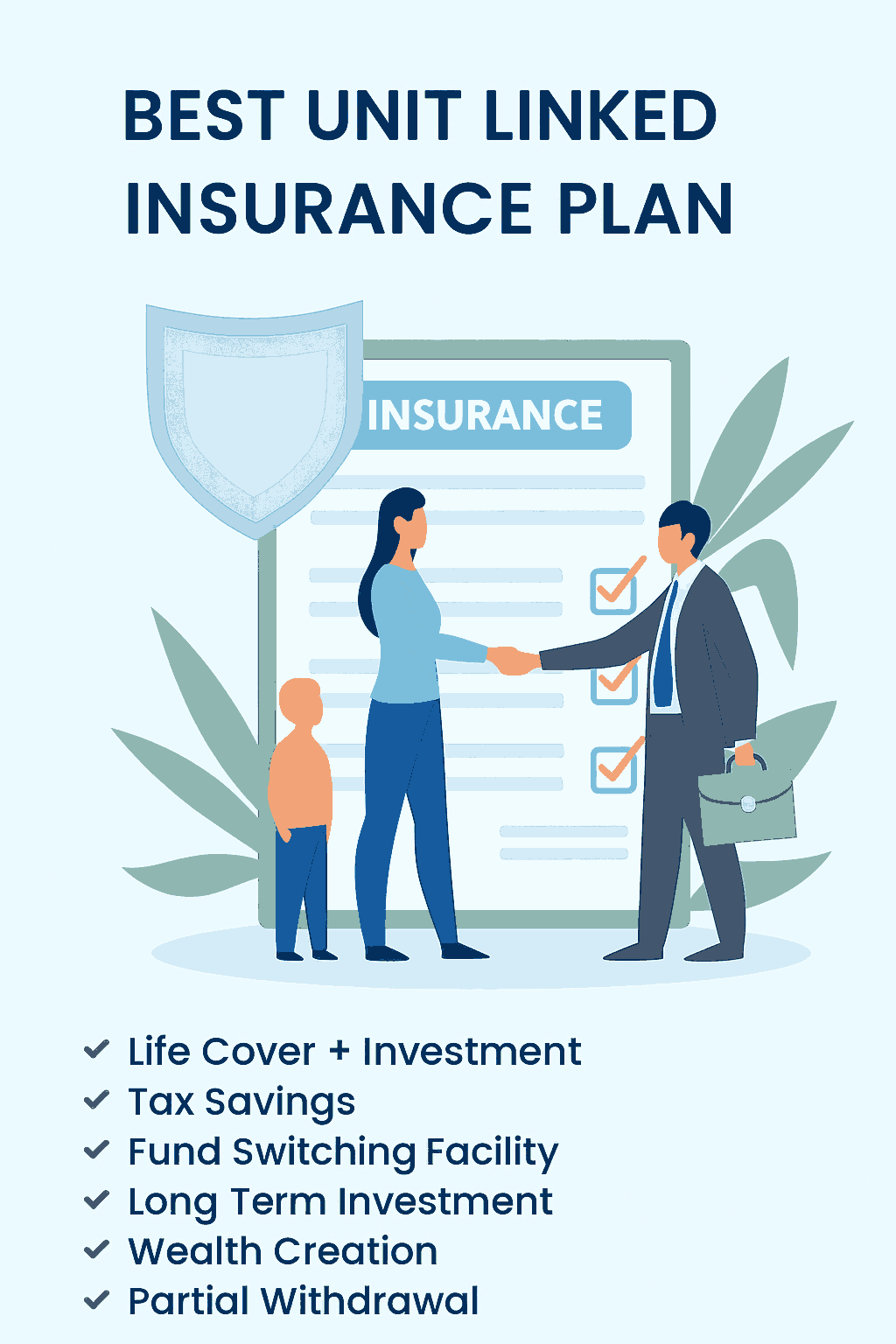



.png)
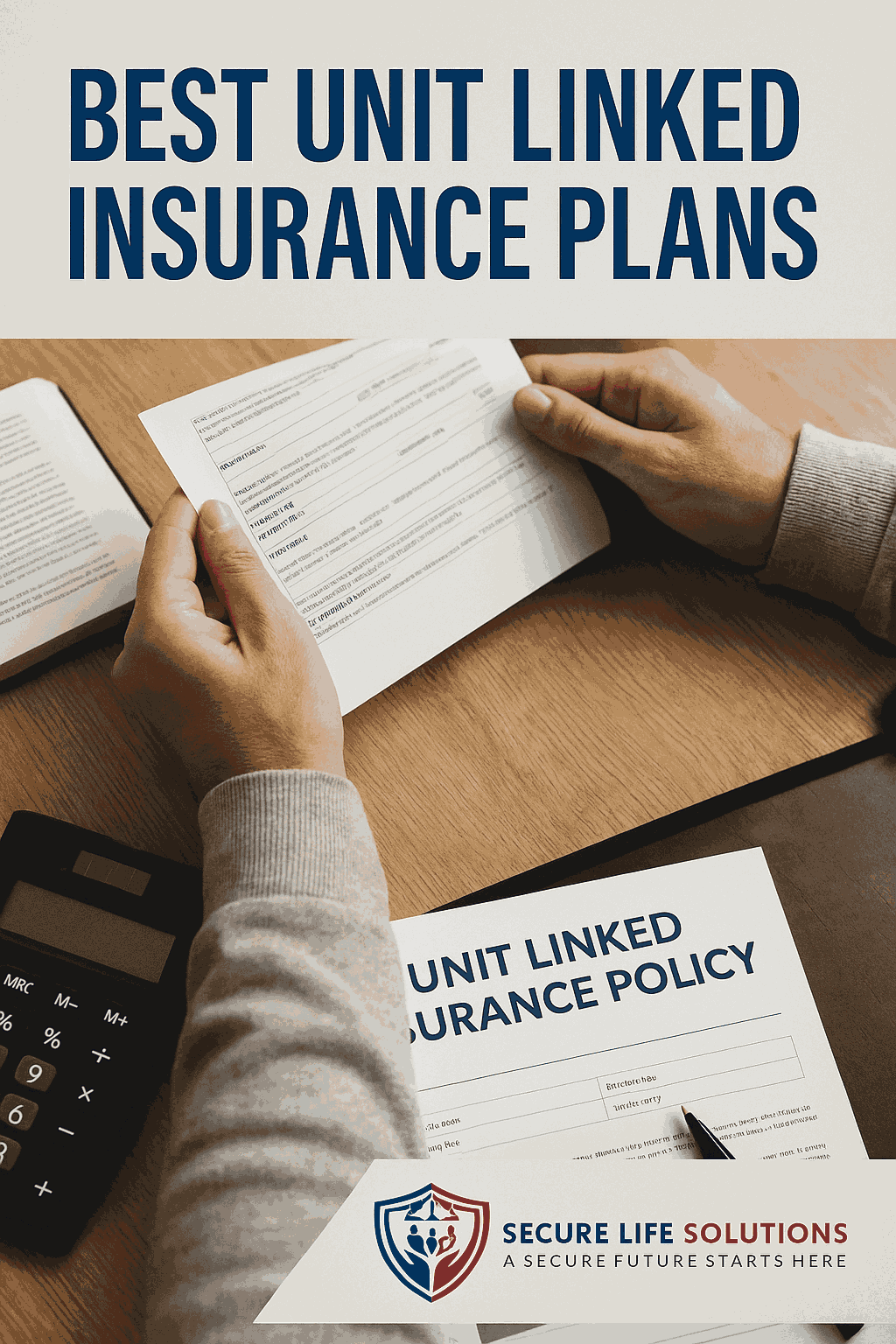
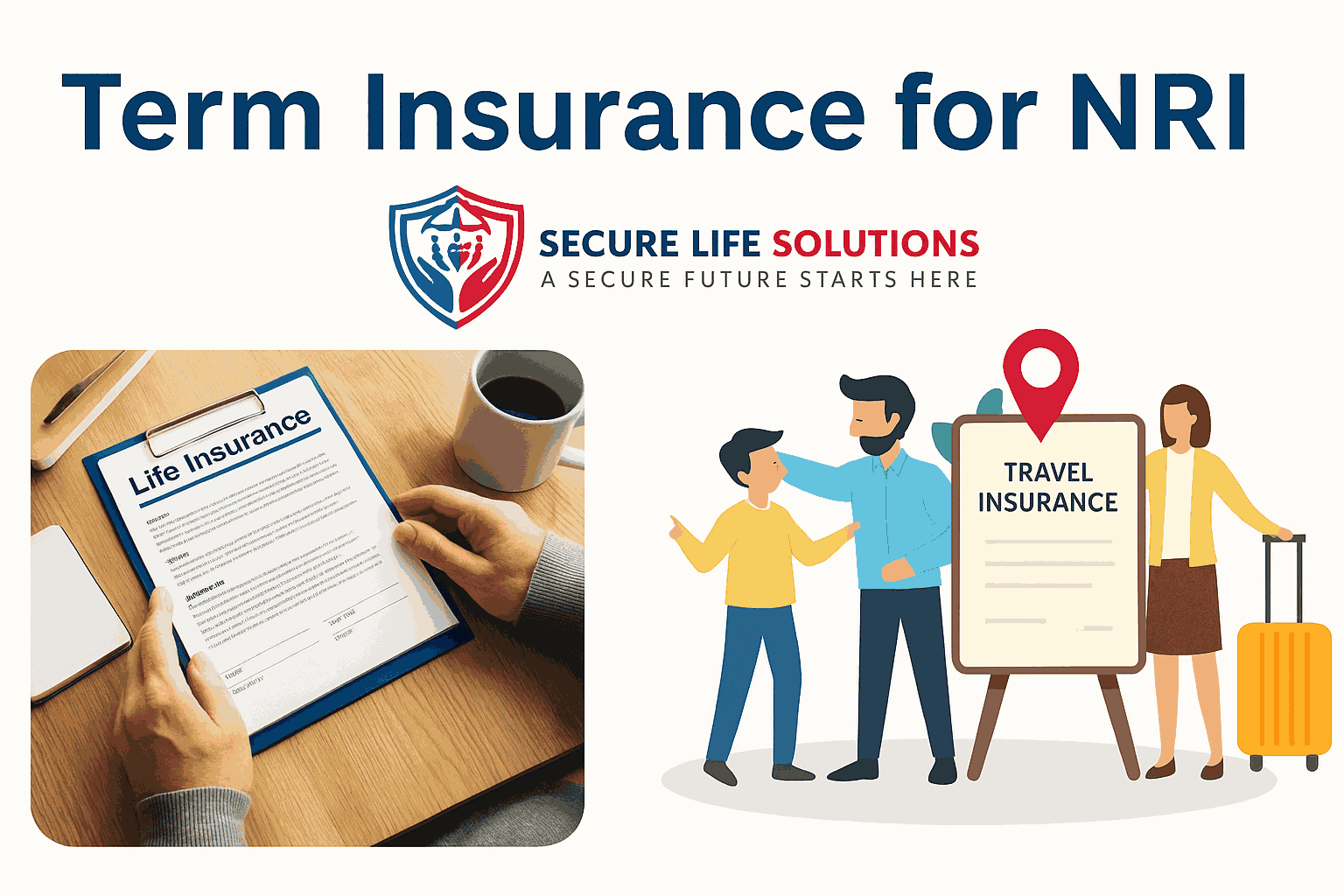
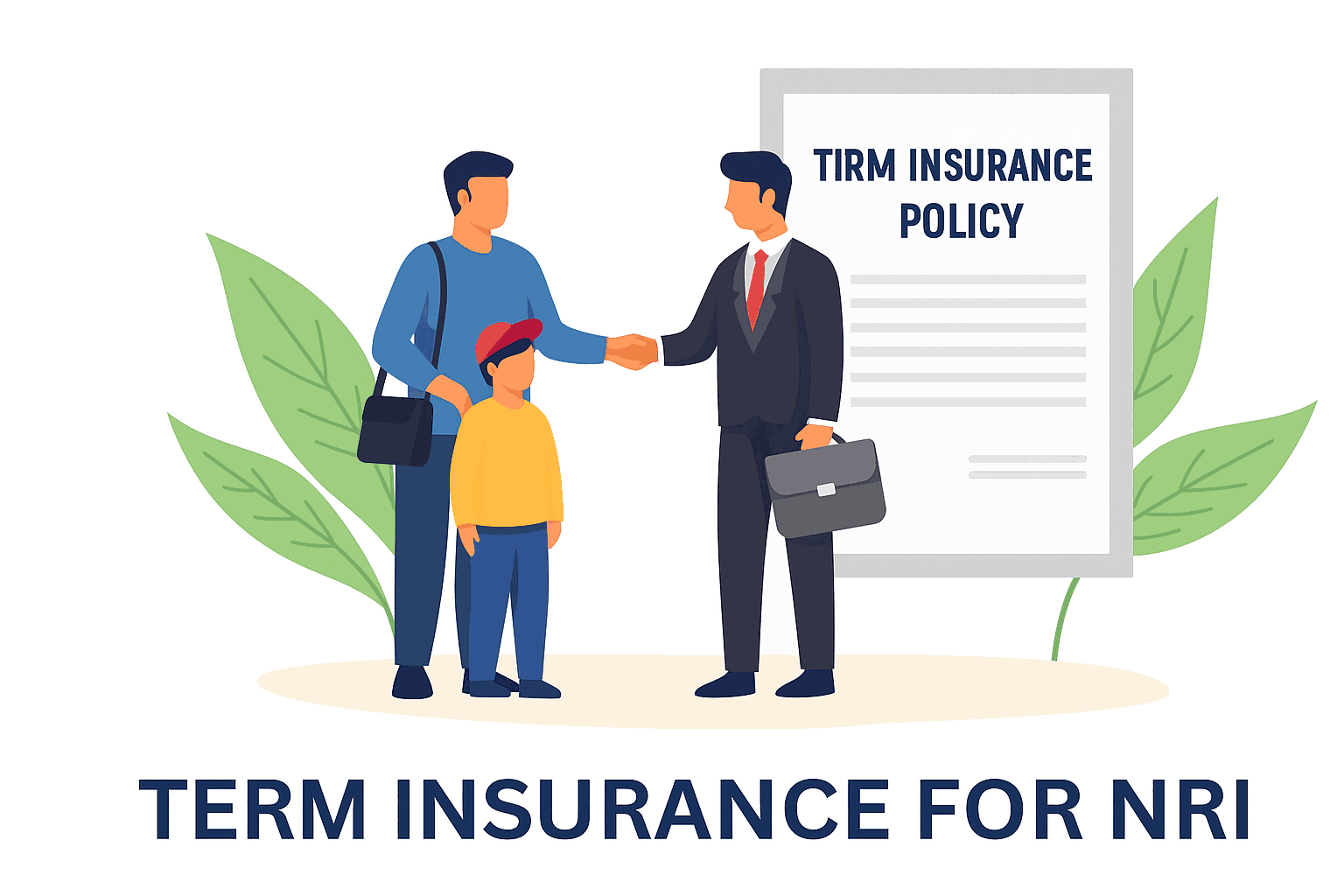
.png)
.png)



